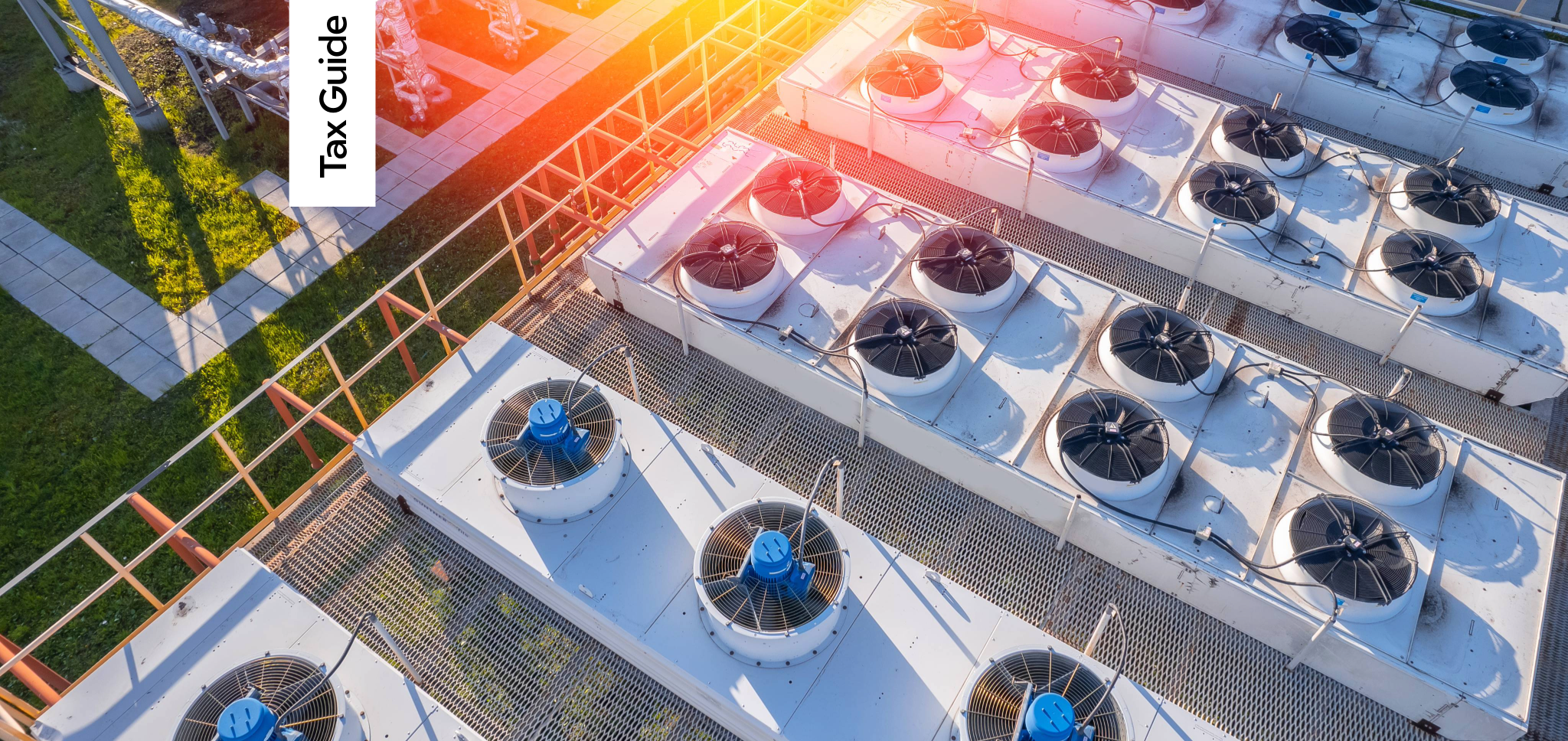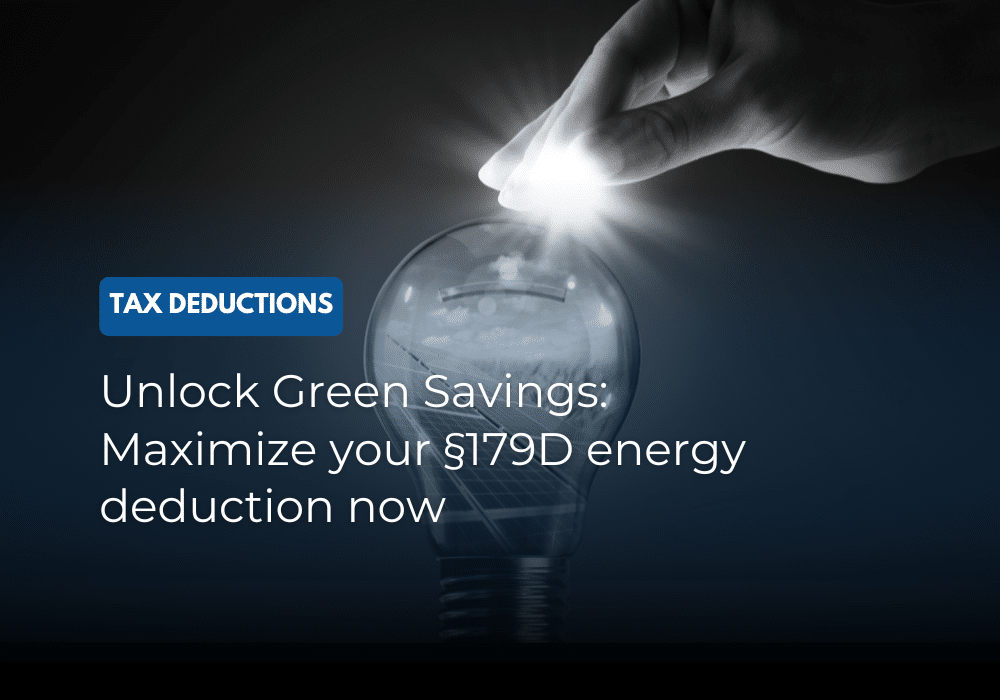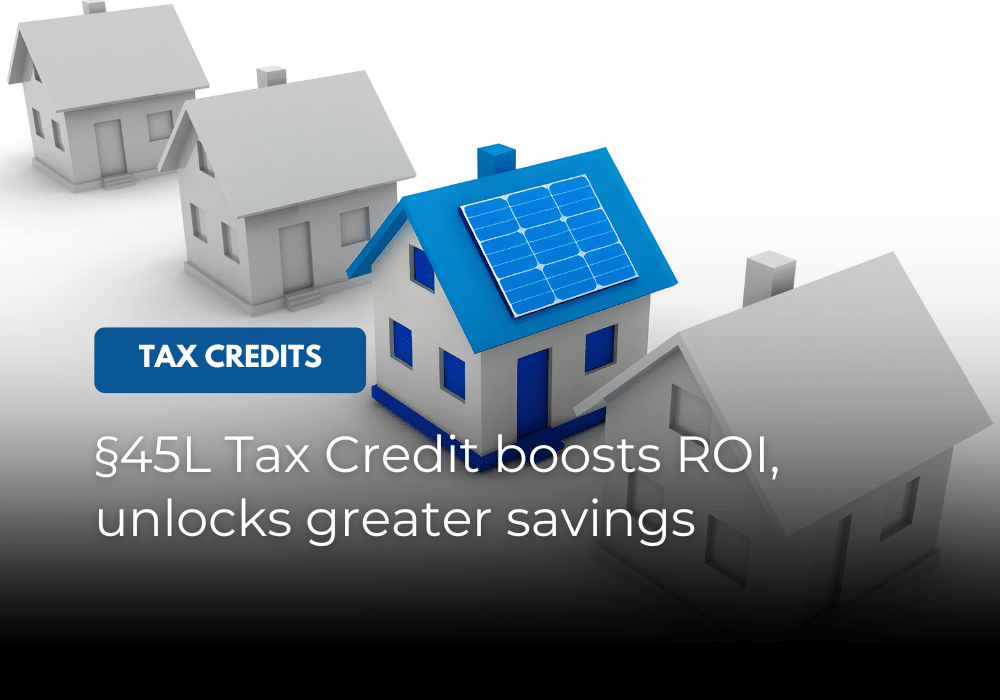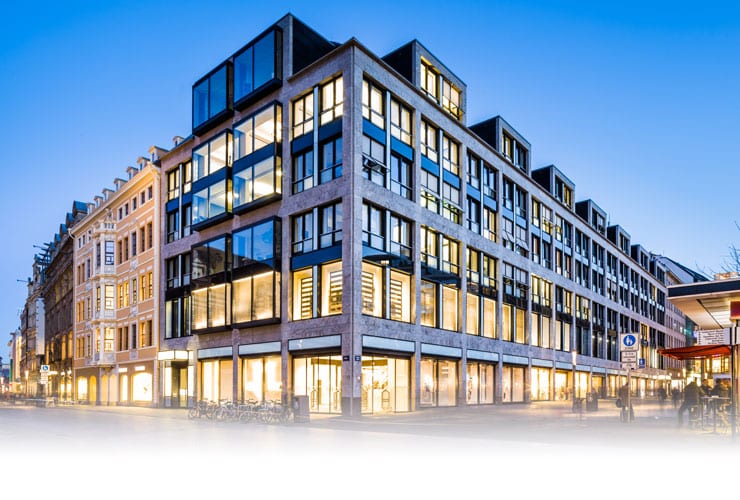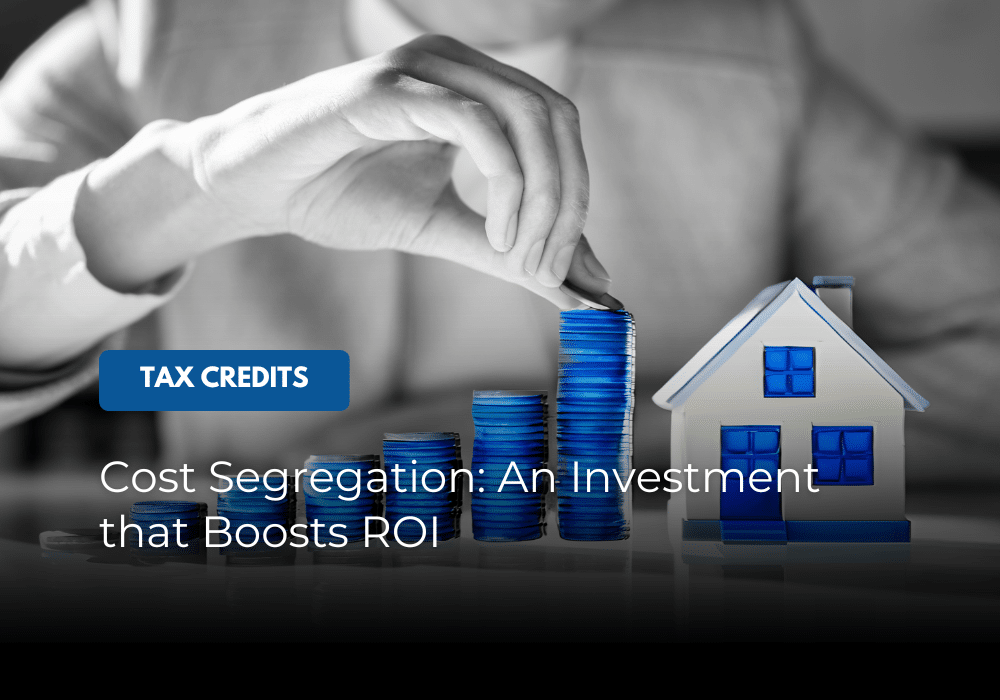In the dynamic realm of commercial real estate development and retrofitting, the strategic integration of tax incentives and energy-efficient design stands as a cornerstone for financial and environmental sustainability. Within the vast landscape of financial opportunities, the §179D Energy Efficient Commer Building Deduction of the U.S. tax code emerges as a distinctive niche, offering substantial benefits. It offers an incentive for developers and property owners to embed energy efficiency into their projects, not merely as a compliance metric but as a strategic asset.
Originating from the Energy Policy Act of 2005 and fortified by subsequent legislative updates, including the transformative Inflation Reduction Act of 2022, Section §179D serves as a beacon for sustainable development practices, underpinning the economic and ecological benefits of energy-efficient investments.
At CSA Partners, we specialize in leveraging this niche to its fullest potential, providing our clients with expert guidance and services that ensure they maximize their financial and environmental returns. Our deep understanding of Section §179D’s intricacies makes us the go-to partner for those aiming to navigate this promising but complex terrain.
The Evolving Landscape of Section §179D Deductions
The legislative journey of Section §179D reflects a growing recognition of the role that energy efficiency plays in the broader objectives of sustainable development and climate change mitigation.
In the face of the commercial real estate industry’s urgent need for energy conservation and environmental stewardship, Section §179D stands out as a key driver, advocating for the widespread adoption of green technologies. This provision has not only catalyzed a shift towards more sustainable building practices but has also opened financial opportunities, enabling developers and property owners to leverage tax savings as a strategic tool in their project planning and execution.
The figures below reflect the deduction amounts for energy-efficient improvements to commercial buildings under Section §179D, which have been updated and indexed for inflation over the years:
-
- 2005-2020: Up to $1.80 per square foot, with partial deductions of $0.60 per square foot per system.
-
- 2021: Inflation adjusted to up to $1.82 per square foot, with partial deductions of $0.61 per square foot per system.
-
- 2022: Inflation adjusted to up to $1.88 per square foot, with partial deductions of $0.63 per square foot per system.
-
- 2023: The Inflation Reduction Act and inflation adjustment increased the maximum to up to $5.36 per square foot, or up to $1.07 per square foot without meeting new Prevailing Wage and Apprenticeship requirements.
-
- 2024: Inflation adjusted the maximum to up to $5.65 per square foot, or up to $1.13 per square foot without meeting Prevailing Wage and Apprenticeship requirements.
- 2025: The new rates published by the IRS allow for an inflation-adjusted maximum of up to $5.81 per square foot, or up to $1.16 per square foot without meeting Prevailing Wage and Apprenticeship requirements.
These continuously increasing amounts indicate the government’s growing emphasis on encouraging energy efficiency through fiscal incentives. The higher deduction range starting in 2023 and adjusting through 2025 underscores the expansion of benefits for buildings that achieve significant energy savings and adhere to specified labor standards. The adjustments for inflation ensure that the incentive remains relevant and effectively promotes investment in energy-efficient technologies and practices.
Deep Dive into Qualification Criteria and Methodology
The qualification criteria and methodology for claiming Section §179D deductions have evolved, becoming more inclusive and accessible, thanks to legislative changes stemming from the Inflation Reduction Act. These changes are designed to lower the barriers to maximize the deduction value and broaden the scope, encouraging wider adoption of energy-efficient practices in the commercial real estate sector. A closer examination reveals several critical updates:
-
- Labor Standards Compliance: The incorporation of prevailing wage and apprenticeship requirements not only aims to elevate the quality of jobs in the construction sector but also aligns with broader social objectives, including workforce development and fair labor practices.
-
- Expanded Eligibility and Flexibility: The broadening of eligibility criteria to include a wider array of qualifying stakeholders, along with the provision for periodic claiming of the deduction for improvements made to a building over time, reflects a nuanced understanding of the diverse nature of commercial real estate projects and the dynamic contexts in which they operate.
-
- Benchmarking Against Updated Standards: The IRS re-alignment with required versions of ASHRAE Standard 90.1 requires that projects completed on or after January 1, 2023, achieve a minimum 25% reduction in total annual energy and power costs. While this threshold is higher than the pre-2023 requirements for partial deductions, the potential benefits are significantly greater, as the deduction value increases incrementally with each percentage point above the 25% benchmark. This ensures the deduction remains both relevant and ambitious, continually raising the bar for energy efficiency in the modern built environment.
Maximizing Tax Efficiency through Strategic Planning
The convergence of cost segregation studies with Section §179D deductions opens a rich avenue for tax optimization, as §179D can depreciate assets that cost segregation can’t address. By dissecting property costs and identifying the components eligible for accelerated depreciation, cost segregation studies lay the groundwork for a more nuanced and effective approach to claiming §179D deductions. This synergy not only amplifies the tax savings potential but also enhances the overall financial performance of energy-efficient projects.
Through meticulous planning and strategic investment in energy-efficient systems, developers and property owners can navigate the complexities of the tax code to their advantage, securing not just immediate financial benefits but also positioning their projects for long-term sustainability and value retention.
For clients already engaged in cost segregation studies, seamlessly integrating an analysis for §179D eligibility becomes a strategic and straightforward enhancement. This approach guarantees a thorough examination of all tax-saving opportunities, transforming the quest for §179D deductions from a mere value-add into an essential element of their overall tax strategy.
The path to securing Section §179D deductions is marked by an intensive certification journey, meticulously crafted to authenticate the energy efficiency enhancements and guarantee adherence to the essential standards. This process involves a multi-step approach:
-
- Comprehensive Energy Analysis: Utilizing advanced modeling techniques that combine engineering, construction, and tax codes to simulate the energy performance of the proposed improvements, providing a predictive assessment of their impact on the building’s overall energy consumption.
- Detailed Cost Segmentation: A thorough examination of the project’s costs, segregating them into categories that align with IRS guidelines, ensuring that every eligible expense is accurately captured and documented.
- Professional Certification: Engaging qualified professionals to review and certify the energy savings and associated costs, furnishing the necessary documentation and tax forms to substantiate the deduction claim.
Looking Ahead: The Future of Real Estate Development and Retrofitting
For developers and property owners, the strategic importance of Section §179D deductions cannot be overstated. Understanding and applying this provision enhances a project’s appeal, reduces operational costs, and contributes to a sustainable future.
As the real estate industry continues to evolve, those who adeptly integrate energy efficiency into their projects will not only benefit from immediate tax savings but also position their properties for future success. The insights and strategies outlined in this article serve as a roadmap for leveraging Section §179D, fostering a new era of sustainable and financially savvy real estate development and retrofitting.
At CSA Partners, we provide unparalleled expertise in cost segregation and Section §179D deductions. Our goal is to equip commercial property owners with the tools they need to fulfill their financial and environmental objectives, demystifying complexities and seizing every potential for savings. Collaborating with us opens a gateway to a realm where tax savings and environmental stewardship seamlessly converge.
Learn more about Section §179D here: Section §179D | CSA Partners
